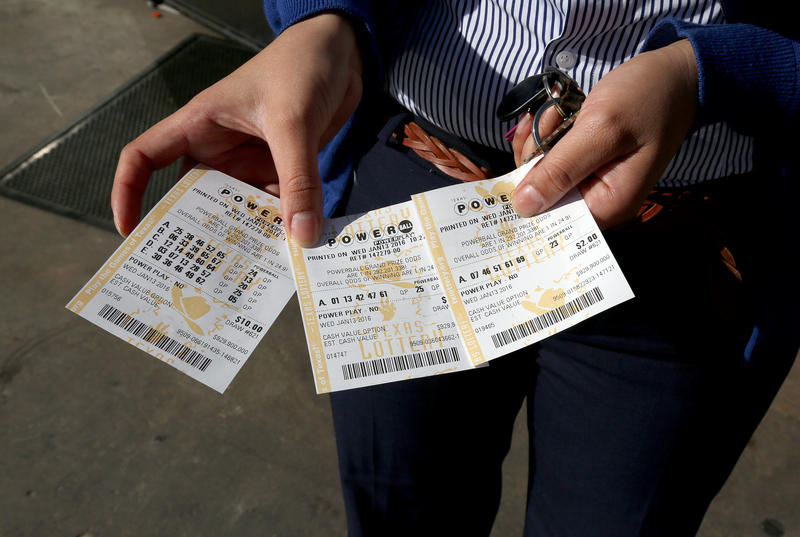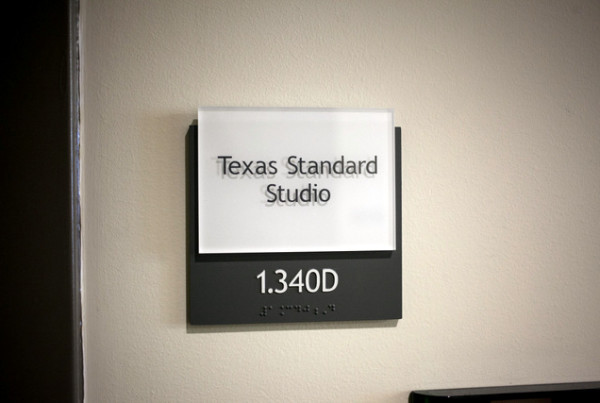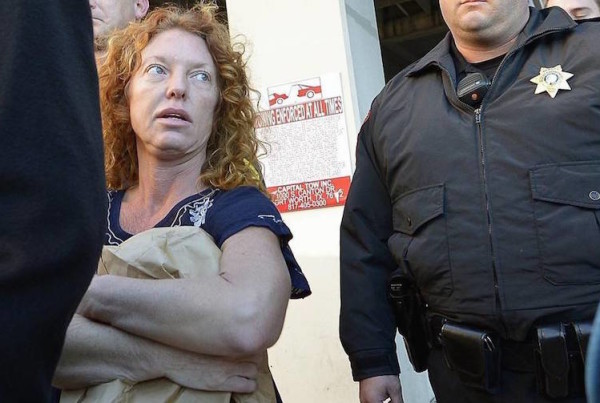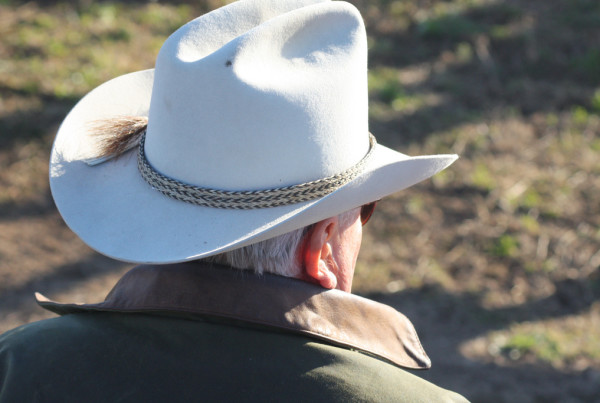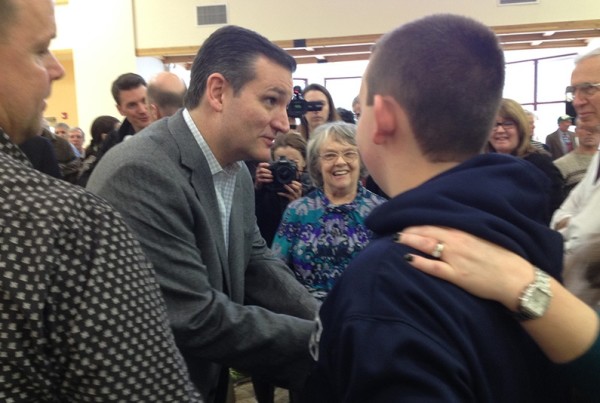This story originally appeared on KUT.
Powerball came to Texas in 2010, about 17 years after the state authorized lottery sales under Gov. Ann Richards.
It’s one of more than half a dozen lottery drawings in the state, plus all those scratch ticket games.
The lottery gathers all the money from ticket sales, but distributes that money across several different parties:
About two-thirds of the money goes to people who win.
Five percent goes to retailers who sell the tickets.
About four percent goes to the lottery for administrative costs.
Less than half a percent also goes to fund veteran assistance programs.
The remaining 27 percent goes to public education
Gary Grief, the Texas Lottery’s executive director, says Powerball generates a lot of money for public schools.
“Every dollar of revenue from the game of Powerball is dedicated to Foundation School fund, that’s public schools in Texas,” Grief says.
Last year, the Texas Lottery sent $1.2 billion to the Texas Education Agency. That sounds like a lot of money, but TEA spokesperson Debbie Ratcliffe says it’s important to put it in perspective.
“Our entire school system spends around $50 to 52 billion a year in all funds,” Ratcliffe says. “So the lottery essentially covers one week of operating our 8,000-plus public schools.”
Still, Ratcliffe adds, the TEA appreciates the money from lottery revenues. But, if the lottery doesn’t bring in as much revenue as expected, it doesn’t mean public schools will have less money. In that case, the state just pulls money from the general fund to make up the difference. Tonight’s huge Powerball jackpot – and the extra ticket sales – could mean a little more money for public schools. The Texas Lottery says Powerball has generated $70 million in revenue for the state since November – the last time someone hit the jackpot.


